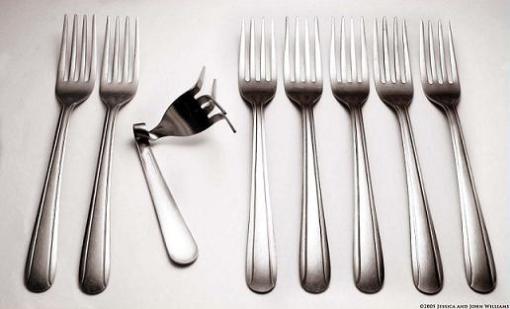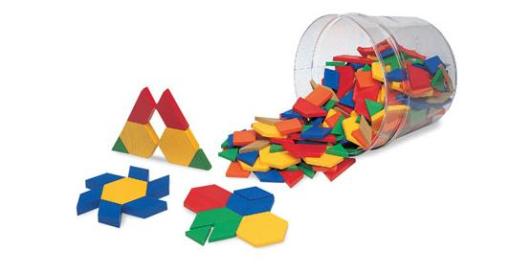![]()
If you want to remove duplicate items, you can go for stl::set. But what to do if you want to delete duplicate data from other containers?

Picture Courtesy – Squidoo
![]()
You can use std::unique() algorithm to remove adjacent duplicate items. So at first, sort your data, then call std::unique(). Now all the duplicate data will be rearranged to end of container. Now delete the unwanted range of duplicate data. Have a look at code snippet below.
#include <vector>
#include <string>
#include <algorithm>
using namespace std;
int main(int argc, char* argv[])
{
// Election list.
vector<string> ElectionList;
ElectionList.push_back( "Sam" );
ElectionList.push_back( "John" );
ElectionList.push_back( "Ron" );
ElectionList.push_back( "Sam" );
ElectionList.push_back( "John" );
// Sort the list to make same items be together.
sort( ElectionList.begin(), ElectionList.end());
// Rearrange unique items to front.
vector<string>::iterator Itr = unique(
ElectionList.begin(),
ElectionList.end());
// Delete the duplicate range.
ElectionList.erase( Itr, ElectionList.end());
}
![]()
Take care that std::unique() just removes the adjacent duplicate entries. It wont remove the entire duplicate entries present in the container. That’s why we need to sort the container at first, which will arrange all duplicate entries to adjacent locations. 😉

Targeted Audience – Beginners.



